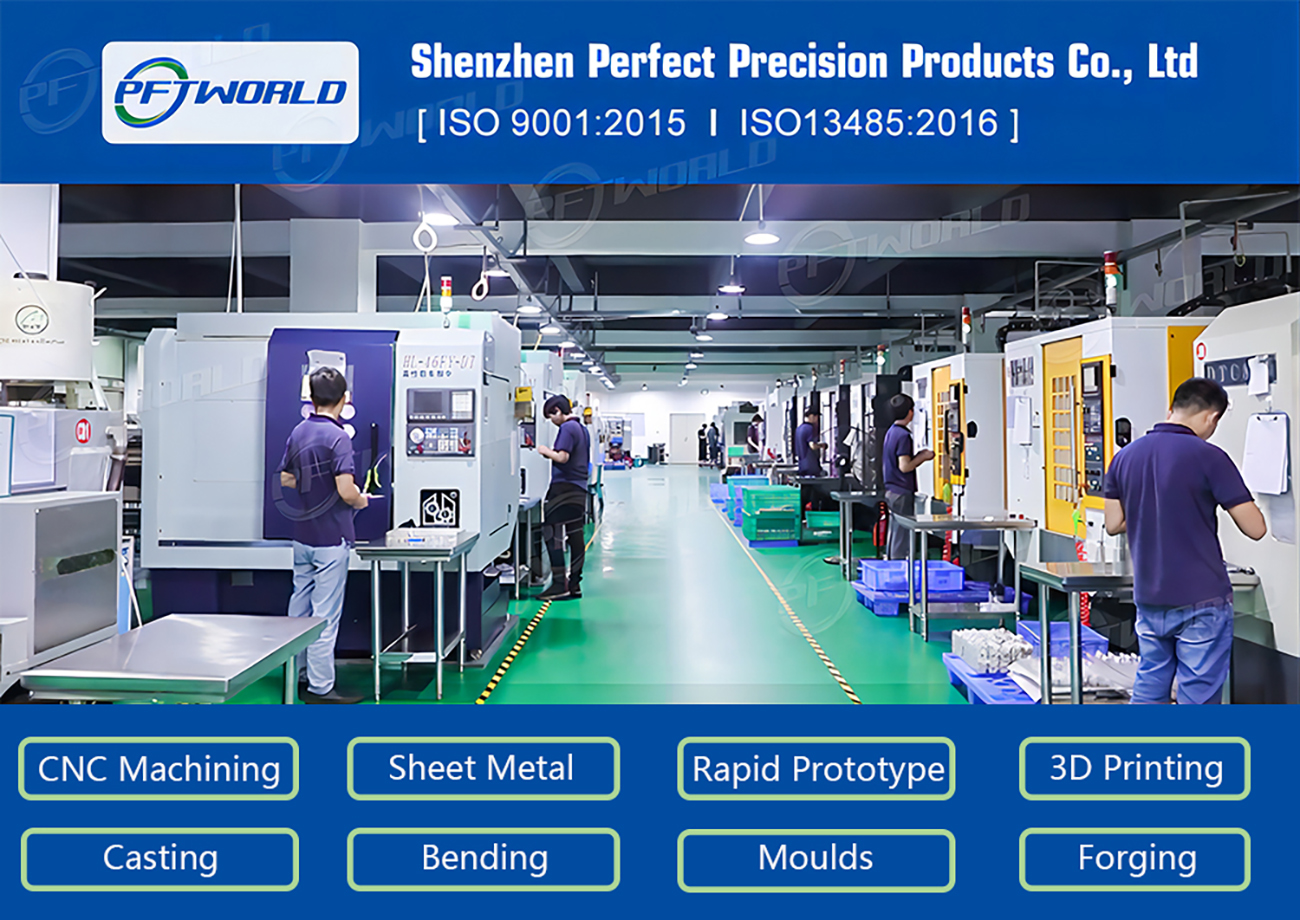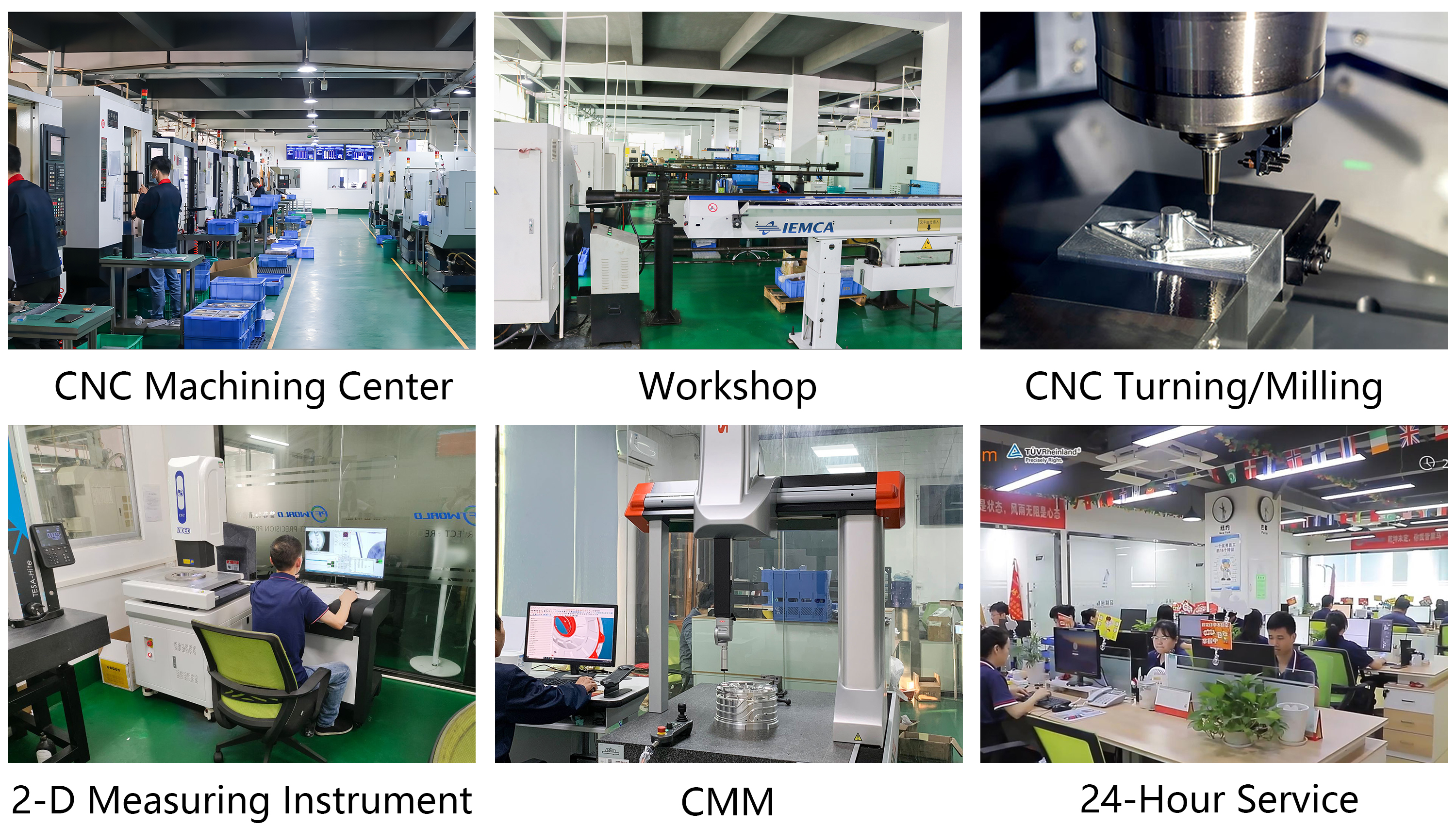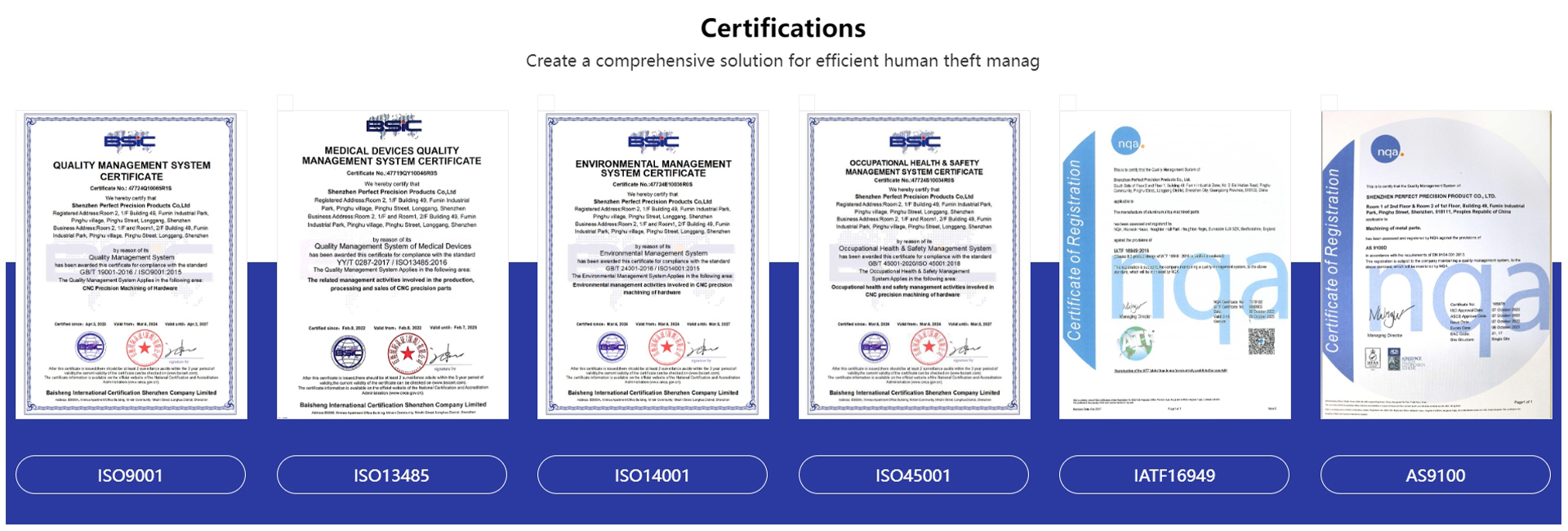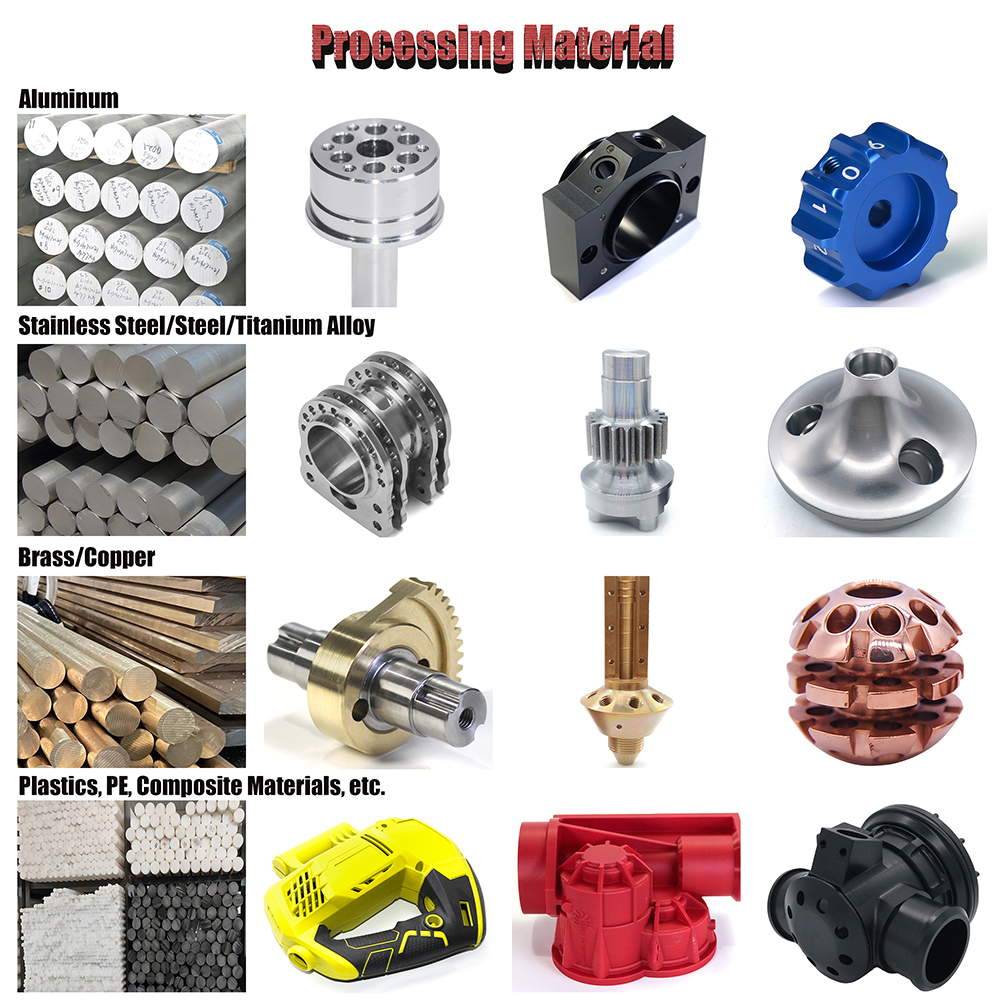| Sign In | Join Free | My frbiz.com |
|
- Home
- Products
- About Us
- Quality Control
- Contact Us
- Get Quotations
| Sign In | Join Free | My frbiz.com |
|
Brand Name : PFT
Model Number : OEM
Certification : ISO9001:2015, ISO13485:2016
Place of Origin : Guangdong, China
MOQ : 1PC
Price : Negotiable
Payment Terms : L/C, D/A, D/P, T/T, Western Union, MoneyGram
Supply Ability : 10000Pcs/ Month
Delivery Time : 7-15 work days
Packaging Details : As the requirement of custome
Cnc machining or not : CNC Machining
Micro machining or not : Micro Machining
Application : Electronic Components,home appliance,auto/office,Electronic/Appliance/Auto
Color : Natural color
Item : Stainless Steel,brass machining service
Size : Customized
In the rapidly evolving field of medical technology, precision, reliability, and efficiency are paramount. Among the many manufacturing processes supporting this industry, CNC turning stands out as a cornerstone for producing precision parts for medical devices. From surgical tools to implantable components, CNC turning ensures the consistent quality and tight tolerances required for the most demanding healthcare applications.
What is CNC Turning?
CNC (Computer Numerical Control) turning is a subtractive machining process in which a cutting tool removes material from a rotating workpiece to create cylindrical or conical parts. Guided by computer programming, CNC turning machines offer unmatched precision and repeatability, making them ideal for complex medical components where dimensional accuracy is critical.
Unlike manual lathes, CNC turning machines can operate continuously with minimal human intervention. This not only increases production speed but also drastically reduces the margin of error—a crucial factor in medical manufacturing.
The Importance of Precision in Medical Device Components
Medical devices often operate in life-critical environments, such as operating rooms. Therefore, their components must meet the strict standards set by regulatory agencies such as the FDA and ISO. Whether it is a titanium bone screw, a stainless steel catheter tip, or a plastic housing for a diagnostic device, each part must be manufactured with extreme precision.
Precision parts for medical devices typically require tolerances within microns, flawless surface finishes, and consistent performance across large production runs. CNC turning is particularly suited to meeting these specifications due to its ability to:
Applications of CNC-Turned Medical Components
The list of medical devices that rely on CNC-turned parts is extensive. Some key examples include:
These components often require secondary operations such as drilling, threading, or knurling—all of which can be seamlessly integrated into CNC turning workflows.
Quality Assurance and Compliance
Because medical devices impact patient safety directly, manufacturers must implement stringent quality control procedures. CNC turning supports these efforts through:
Future Trends: Micro-Machining and Smart Manufacturing
The future of CNC turning in medical device manufacturing lies in miniaturization and smart manufacturing. As devices become smaller and more complex—especially in minimally invasive surgery and wearable tech—CNC turning must evolve to meet even tighter tolerances on miniature parts.
Meanwhile, Industry 4.0 technologies like machine learning, IoT sensors, and real-time data analytics are being integrated into CNC systems to improve efficiency, predict maintenance needs, and optimize workflows in real time.





1. Are you a manufacturer or a trading company?
|
|
CNC turning precision parts for medical devices Images |